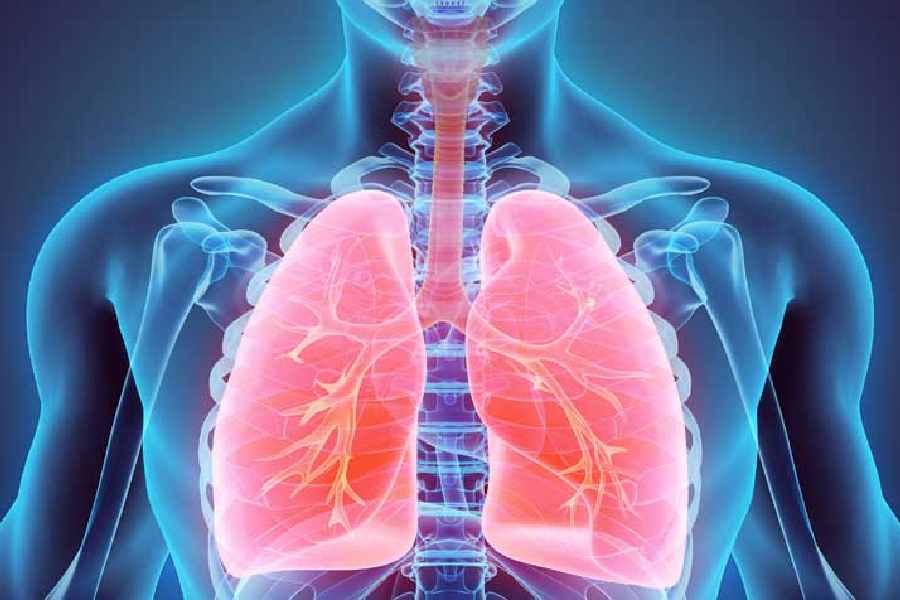India could face 62 million new tuberculosis cases and eight million TB-related deaths by 2040 if intensified actions were not taken, a study released on Thursday cautioned, highlighting significant challenges to the country’s goal of eliminating TB by 2025.
The study has also estimated that increasing the country’s case diagnosis rates from the current 63 per cent of annual new TB cases to 90 per cent — the minimum target recommended by the World Health Organisation — would help avert 47 million new cases up to 2040.
Researchers at the London School of Hygiene and Tropical Medicine (LSHTM) simulated the health, macroeconomic and demographic impacts of TB in India to estimate the macroeconomic returns on investments in the diagnosis and treatment of TB.
Their study, published in the journal PLOS Medicine, has predicted that without additional actions, the TB burden in India would include 62.4 million new TB cases, 8.1 million deaths between 2021 and 2040, and a cumulative gross domestic product (GDP) loss of US$146.4 billion. For comparison, the country’s GDP in 2023 was US$3,550 billion.
India’s National TB Elimination Programme (NTEP) had five years ago set a target to “eliminate” TB by 2025 with multiple milestones relating to TB incidence and TB-related deaths to mark the elimination pathway. But while India has increased funding for TB and launched several new initiatives to expand early diagnosis, treatment and nutritional support for TB patients, TB incidence in 2023 was 195 per 1,00,000 people, two times larger than the milestone of
77 per 1,00,000 by 2023 set by the NTEP.
Health experts, while acknowledging India’s enhanced efforts at TB control, have long been concerned at what they view as inadequate outlays that don’t match what the elimination efforts actually need.
More resources to improve treatment success rates and case detection rates could prevent millions of cases and deaths from TB in India over the next 20 years, Marcus Keough-Brown at the faculty of public health at the LSHTM and the study’s lead author, told The Telegraph.
One long-standing concern has been India’s low-case diagnosis — only 63 of every 100 TB patients get diagnosed early. Lack of diagnosis or delayed diagnosis not only worsens their own infection but also provides opportunities for them to spread the infection to their close contacts.
Increasing case detection rates from the current 63 per cent to the WHO-recommended 90 per cent would mean that individuals, on average, would spend 89 per cent less time being infectious and 56 per cent less time undergoing treatment, the study has found. A 90 per cent case detection rate would also reduce TB-related deaths by 7.1 million between 2021 and 2040.
“Our findings provide
both health and economic evidence to assist policymakers when making decisions about future investment in TB elimination in India,” Keough-Brown said.
“While additional resources would help improve case detection rates, the programme has often been slow to implement or expand diagnostic technologies,” said Leena Menghaney, a lawyer in New Delhi engaged in public health issues. “And drug shortages have adversely impacted many patients.”










